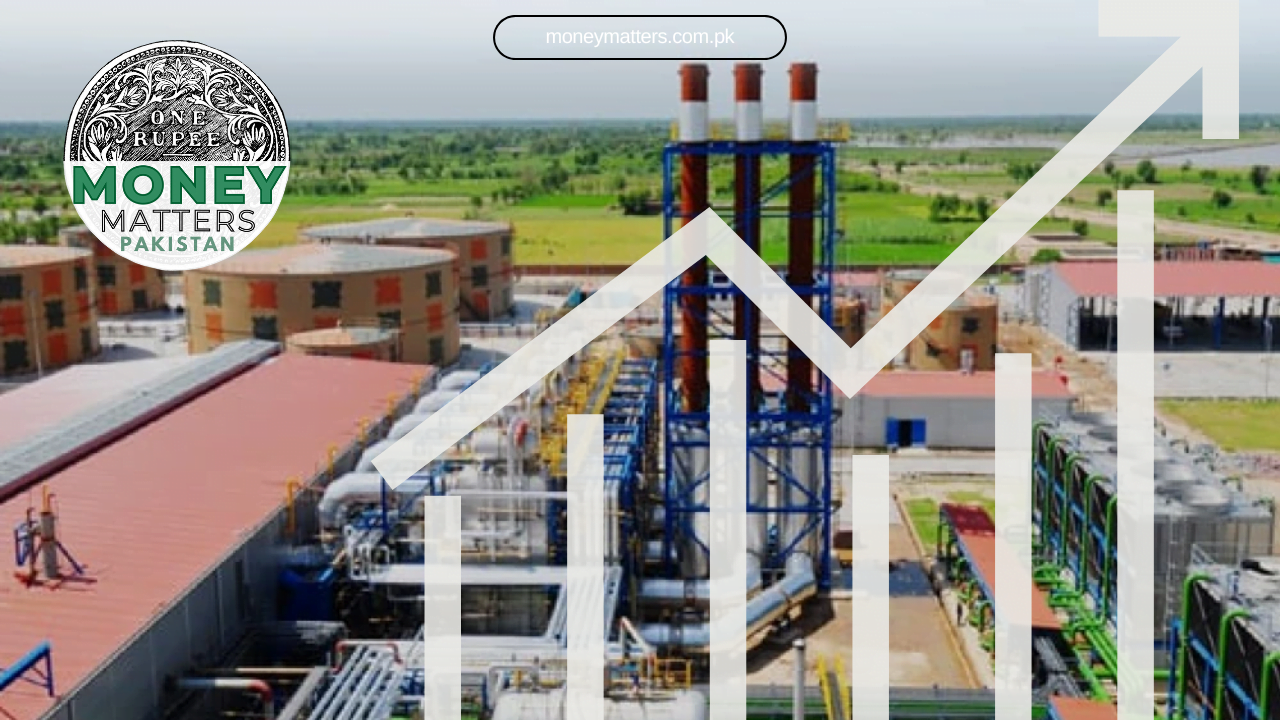Significant Tariff Hikes in Recent Years
Over the past two years, Pakistan has seen an unprecedented increase in electricity tariffs, with the base rate per unit soaring by up to PKR 22.53. Additionally, a permanent surcharge of PKR 3.23 per unit has been imposed on electricity consumers, bringing the total increase in tariffs to PKR 25.76 per unit over this period. This sharp rise has resulted in an extra financial burden exceeding PKR 2 trillion on electricity consumers over two years.
Timeline of Increases
According to sources, from July to October 2022, the base rate of electricity increased by PKR 7.91 per unit. In July 2023, there was an additional hike of PKR 7.50 per unit. Moreover, a permanent surcharge of PKR 3.23 per unit was introduced in July 2023. By July 2024, the base rate saw another rise of PKR 7.12 per unit, pushing the base tariff for domestic consumers to PKR 48.84 per unit.
Chronic Issue of Capacity Payments to IPPs
The issue of capacity payments to Independent Power Producers (IPPs) has been a longstanding challenge in Pakistan’s power sector. Capacity payments are fixed costs paid to IPPs regardless of the amount of electricity generated. These payments have been a significant financial strain on the national economy, contributing to the circular debt in the power sector.
By July 2024, the base rate saw another rise of PKR 7.12 per unit, pushing the base tariff for domestic consumers to PKR 48.84 per unit.
Hefty Payments and Their Impact
Over the years, Pakistan has been obligated to make hefty capacity payments to IPPs to ensure the availability of electricity. These payments are part of the Power Purchase Agreements (PPAs) and are intended to cover the fixed costs of IPPs, including debt servicing and returns on equity. However, the high cost of these payments has been passed on to consumers through increased electricity tariffs, further burdening the already strained financial resources of the population.
Also Read: Circular Debt in Pakistan’s Gas Sector Hits Rs2,897 Billion Despite Rising Prices
Conclusion
The substantial rise in electricity tariffs in Pakistan over the last two years, coupled with the ongoing issue of capacity payments to IPPs, has placed a significant financial strain on consumers. Addressing these challenges requires comprehensive reforms in the power sector to ensure a more sustainable and equitable distribution of costs.
—




